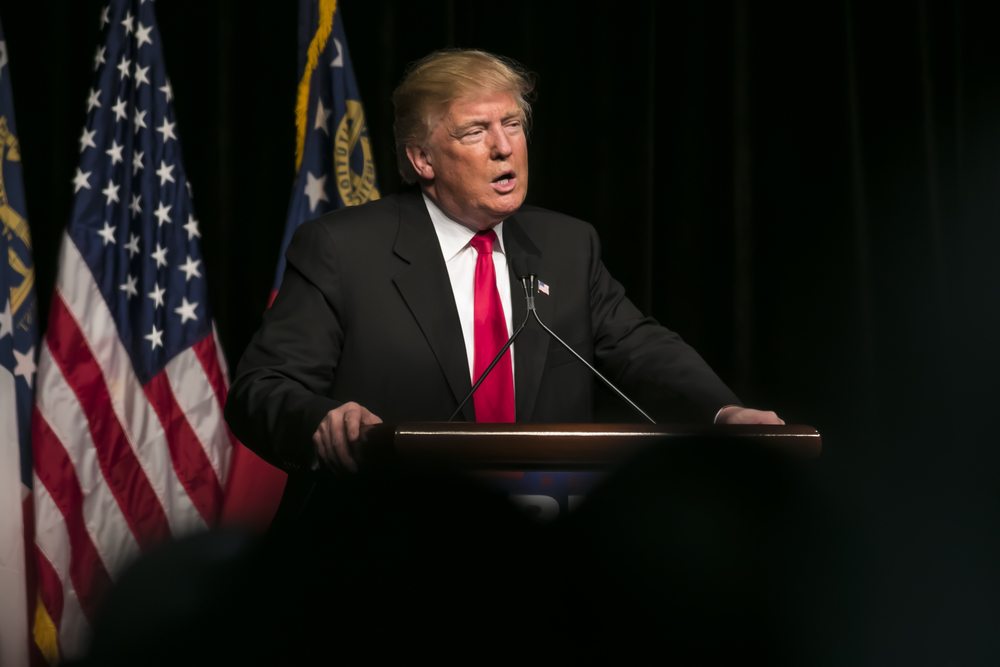Yes, Stimulus Theory — the idea that cheap credit and EZ money will make us richer — is a fraud.
But that doesn’t make it unpopular. Au contraire…it is a classic federal program: like the war on drugs, or the war on terror…the more it fails, the more it succeeds.
That is, the more stimulus drags the economy down…the more people want the feds to ‘do something’ to fix it. And what can they do? Stimulate!
Colossal swindle
And now, The New York Times and the Trump Team are on the same page. Both want more stimulus. The NYT:
‘…the Fed should have kept interest rates lower for longer after the 2008 recession, to deliver a significantly stronger dose of economic stimulus…it should show a little less fear of inflation the next time the economy needs its help.’
How many bad ideas can you pack into a single sentence? We don’t know…The NYT deserves credit for trying.
The ol’ Gray Lady thinks it knows how to run an economy, via monetary policy…that the Fed didn’t stimulate enough ($3.6 trillion was too little!)…that it knows how much inflation is just the right amount (2% or more)…and that the Fed actually helps the economy (where’s the evidence?). But it’s nothing more than a colossal swindle.
As we saw yesterday, stimulus hasn’t worked for Trump. He cut taxes at a cost of $180 billion last year alone.
Result?
It looks like he got a temporary boost in spending last year, which ended in the last quarter of 2018. Consumer spending, employment, GDP — all are turning down. And federal debt is now increasing about twice the rate of GDP.
We could look back at the whole post-crisis period of the last 10 years and see the same thing — huge amounts of stimulus, little real growth.
The Fed put in $3.6 trillion of fake new money. And the federal government ran some $11 trillion in deficits. Result: The greatest stimulus of all time produced the weakest recovery on record.
US GDP rose from $15 trillion in 2008 to $20 trillion in 2018, while federal debt increased from $9 trillion in 2008 to $21 trillion 10 years later — about two times as fast.
[openx slug=inpost]
Perverse consequences
We’ve explained why it doesn’t work.
In short, giving away money doesn’t inspire people to work harder. You give money to the baker and he stops baking. You give money to the teacher, and he takes earlier retirement.
You give money to the entrepreneur — in the form of loans at negative real rates — and he begins to think about how he can use that free money for stock buybacks, mergers, acquisitions, special bonuses, and other quick tricks.
Of course, the feds don’t have any real money to give away. They are running trillion-dollar deficits, remember. So, they stimulate with fake money. And this creates a whole new set of perverse consequences.
When the feds tax away real money, they are taking money from someone who earned it and giving it to someone else. Simple enough. One guy loses; another wins. The taxpayer may have been planning to buy a new pickup truck. Instead, someone else buys it with his money.
But when the feds give out fake money — or lend it out at artificially low rates — who wins? Who loses? It’s harder to see.
As we’ve seen, the stimulus money doesn’t magically cause new cars or new houses to come into existence.
All that has come into existence is new money, which then competes with the old money for goods and services. Result? Inflation. Prices rise, stealing real wealth away from taxpayers and consumers alike.
Part of the swindle
And today, it takes the typical working man twice as long to earn the money for a pickup truck as it did 40 years ago. Same thing for a house. The average house may be bigger and more comfortable, but it’s also more expensive, costing the average workman twice as much time as before.
We can also look at what it costs a working man to enter the ranks of the capitalists. That is, how many hours would he have to work to buy, say, the 30 Dow stocks?
There, too, stimulus has robbed the working stiff and rewarded the rich. The feds put out more fake money; but the real values of America’s businesses don’t go up just because the feds put out billions in counterfeit money. The only thing that went up was their prices.
In 1978, the average hourly wage was about $7. Now, it’s $23…or a little more than 3 times as much. But the Dow in 1978 was around 800. Now, it’s over 26,000.
So, 40 years ago, in less than three weeks’ work, an ordinary wage slave could become a proud owner of America’s leading companies. Today, he has to work for nearly 30 weeks — 10 times as much — for the same dubious pleasure.
But Fed chairman Powell says low inflation is ‘one of the major challenges of our time.’ The NYT thinks inflation of less than 2% is ‘a sign of an under-achieving economy.’ And Donald J Trump thinks he knows what to do about it:
‘I personally think the Fed should drop rates, I think they really slowed us down…’
And guess what? AOC and Bernie Sanders are on board, too. They all want MORE STIMULUS.
So watch out. More stimulus is what we’re going to get. Good and hard.
More to come…
Regards,
Bill Bonner
